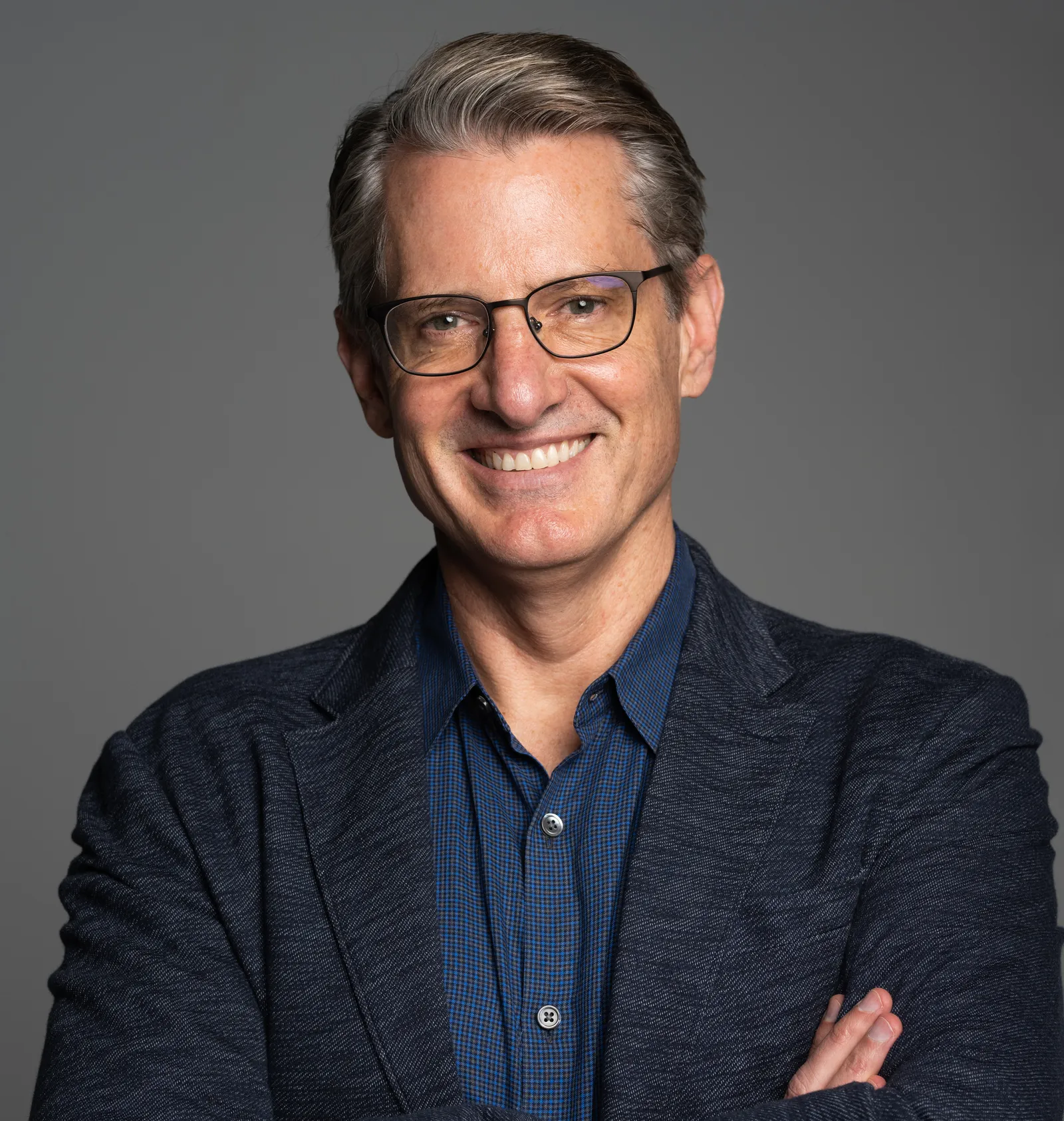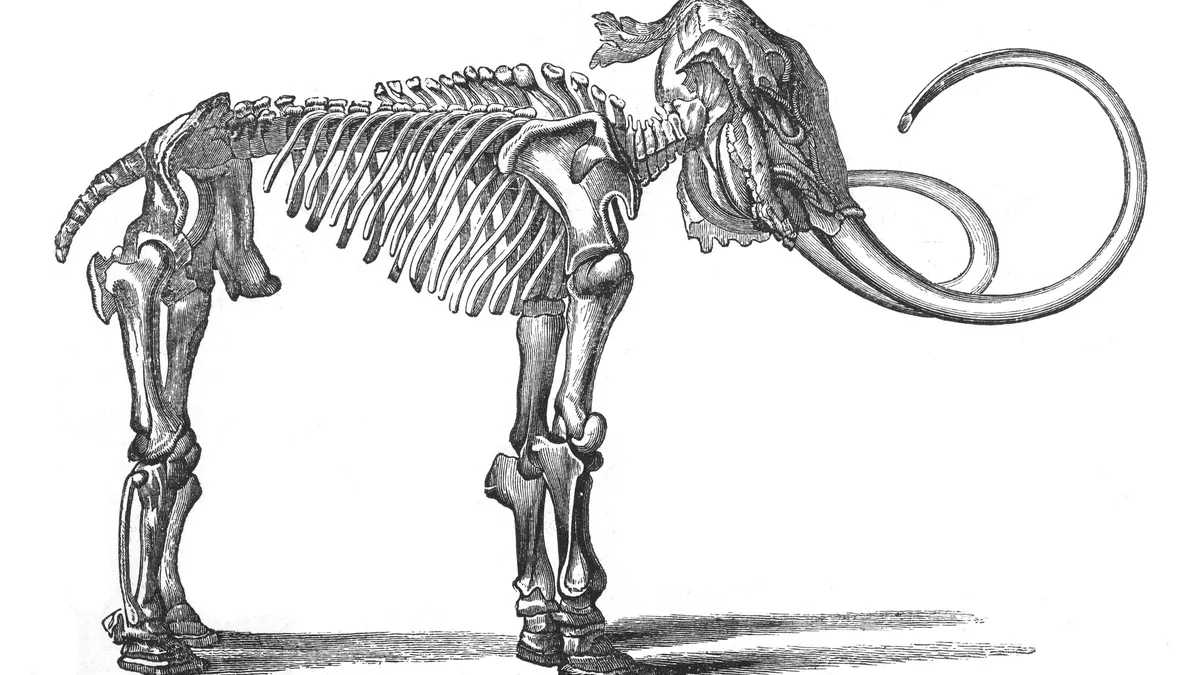Ten thousand years ago, woolly mammoths dominated a huge swath of the Northern Hemisphere — but a combination of hunting and climate change eventually drove them to extinction. Now, a gene editing company called Colossal Biosciences has set out to “resurrect” the woolly mammoth, among other species.
It’s a lofty goal that’s won the startup plenty of media attention and financial backing. The CIA even recently announced that it’s investing in Colossal through its venture capital arm. But when the agency’s VC firm, In-Q-Tel, posted a blog write-up about its decision, it explained that the move was “less about mammoths and more about capability.”
It’s these futuristic capabilities that Colossal’s leadership say will eventually help it spin off a number of other companies, the first of which was announced in September.
Called Form Bio, the new outfit is a computational life sciences platform that Colossal first developed for its own work.
Colossal’s technology has broad potential beyond de-extinction — from re-engineering crops and animals so they’re more drought tolerant, to programming materials to give them enhanced properties.
“I believe that we are at the doorstep of synthetic biology … and what (it) can give the world,” said Colossal CEO and co-founder Ben Lamm.
Similarly, Form Bio aims to hit far-reaching goals in life sciences by quickly and easily synthesizing vast amounts of data into meaningful results.
Launched with a $30M series A funding round led by Jazz Venture Partners, several Colossal execs on the leadership team and the promise to extend Colossal’s mission to speed those breakthroughs through its technology, the new company aims to solve “some of the big problems that we have in biomanufacturing,” said Claire Aldridge, Form Bio’s chief strategy officer.
The technology came about when Colossal was trying to solve one of those “big problems,” explained Kent Wakeford, Form Bio’s co-CEO and the former chief operating officer at Colossal.

Co-founded with George Church, the Robert Winthrop Professor of Genetics at Harvard Medical School, Colossal’s objective is to apply “advancements in synthetic biology to address loss of biodiversity, species preservation and restoration,” said Wakeford. Yet, when Colossal was collaborating with Harvard on this work, its researchers found they were using disparate data analysis systems, and there was no easy way to share data and experiments.
“At Harvard there were 55 different data points of technology that were in use. And we want to see if we could streamline that all into one platform, create one place for all the scientists to have kind of a single source of information and the ability to do their computational experiments,” Wakeford said.
That real-world use case led the team to realize the newly created platform could be applied beyond Harvard and Colossal’s work.
“As we start to build this, we saw that the platform could not only help all the advanced CRISPR, gene editing and genome assembly work being done by Harvard, but broader applications through all of synthetic biology, whether it's biomanufacturing medicines, biomaterials, biofuels, recyclable plastics (or) food alternatives. All of those can kind of use a similar type of platform to do their work,” Wakeford said.
Aldridge described the platform as “the operating system for science.”
“It's bringing together all the different tools and workflows into one easy to use, intuitive user interface to facilitate getting your discoveries out of your data so that you can move things forward,” she said.
Simplifying data to solve complex challenges
Now, Wakeford said Colossal is not only working with Harvard, but also the University of Melbourne and University of Connecticut using the Form Bio platform.
“This web of collaboration is growing,” he says. “The software platform we have allows for all the permissions and the data sharing, and all of the parameters that you would want in a multigroup scientific collaboration.”
A real-world example of this problem-solving technology in action is Colossal’s work engineering CRISPR edits into embryos to add cold-adapted woolly mammoth genes into the elephant genome, according to Aldridge. It’s a process that requires many steps, such as identifying which guide RNA to use for the CRISPR edit, figuring out which is the best CRISPR editing platform to use, then designing primers to validate the edit.
“I believe that we are at the doorstep of synthetic biology … and what (it) can give the world.”

Ben Lamm
CEO, co-founder, Colossal Biosciences
“What was built within Colossal and is now part of Form is the ability to do all of that in one workflow,” she says. Researchers simply enter their gene of interest, and the platform will tell them how to perform each step needed for that particular experiment, all with a user-friendly interface.
Researchers first used it for Colossal’s efforts around the de-extinction of genes to build what Lamm called “proxy species” to reintroduce eradicated species back into the wild. And by filling “ecological voids that were left in their absence,” the company said the effort could possibly combat climate change.
The Form Bio platform is “great for de-extinction, but that can be great for anything,” Aldridge said. “That could be good for identifying a CRISPR-based drug to actually go in and edit somebody's genome; that would be good for trying to engineer pest-resistant traits into an agricultural crop.”
Wakeford said Form Bio intends to partner with biotech companies, specifically those working in the area of cell and gene therapies.
“Anyone working in the world of synthetic biology can use our platform, run their pipelines, do their analysis, share their data and have collaborative, but on top of it, we have very specific solutions,” Wakeford said.
Its first major solution is one for candidate validation that’s designed for manufacturing.
“Our platform helps in all aspects, from initial scientific research, through validation, and then, most importantly, as you’re taking these constructs coming from mice models into actual production for humans,” Wakeford said. “We feel like that is a critical part of being able to bring these next-generation drugs and treatments to market in a way that is safer for humans and more cost effective.”
For instance, one way it can improve safety for patients has to do with reducing the number of truncated proteins that are made in the gene editing process, since they can sometimes trigger an immune response and they’re not naturally occurring.
“If we can reduce the likelihood of a truncated protein being made then you reduce the likelihood of there being an immune response to that truncated protein,” she said.
One of Form Bios’ early partners — which hasn’t been announced yet — has seen “double-digit improvements in solving for truncation through their process,” Wakeford said.
“Our platform is mature and in use by a number of universities and biotech companies and we saw the opportunity to make it available to a larger ecosystem,” Wakeford said.
Wakeford believes there’s a “macro-economy” hitting the biotech space right now, thanks to the proliferation and low cost of data. And their platform can speed crucial phases of drug development, reducing time to market and costs.
“We think that this is the absolute right time for us to be launching the company,” he said.















